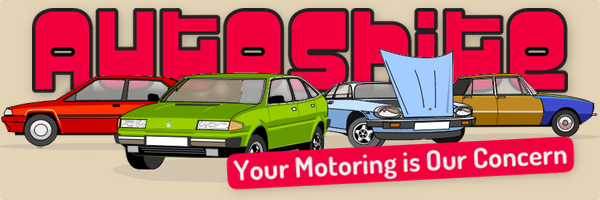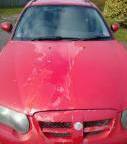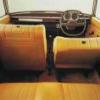Sold 1972 Austin 1100 - SOLD
-
Similar Content
-
- 541 replies
- 60,076 views
-
- 4,711 replies
- 873,559 views
-
- 195 replies
- 8,341 views
-
Austin Rover Ltd name for sells....
By Marina door handles,
- 4 replies
- 690 views
-
Classic Austin mini fume box saga
By garellikatia,
- 21 replies
- 1,496 views
-






Recommended Posts
Create an account or sign in to comment
You need to be a member in order to leave a comment
Create an account
Sign up for a new account in our community. It's easy!
Register a new accountSign in
Already have an account? Sign in here.
Sign In Now